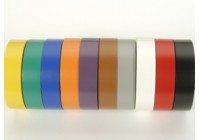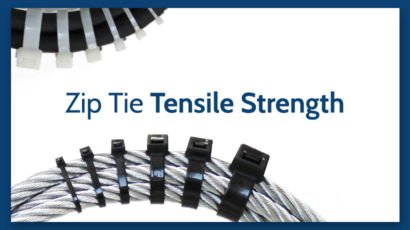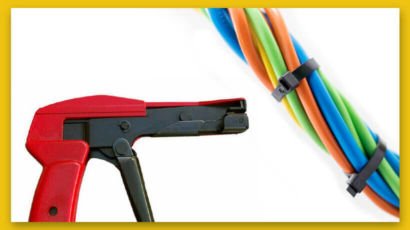The Unsung Hero of Electrical Work: A Deep Dive into Electrical Tape


In the vast world of tools and supplies used by electricians and DIY enthusiasts alike, there’s one humble item that often goes unnoticed despite its critical role in ensuring safety and reliability: electrical tape. While it may seem like a simple roll of adhesive material, electrical tape plays a crucial role in a myriad of electrical applications, from insulating wires to securing connections. In this blog post, we’ll explore the fascinating world of electrical tape, its uses, types, and why it’s an indispensable tool in any electrical toolkit.
The Basics: What is Electrical Tape?
Electrical tape, also known as insulating tape or electrician’s tape, is a type of pressure-sensitive tape used to insulate electrical wires and other materials that conduct electricity. It typically consists of a thin plastic film backing coated with a rubber-based adhesive. This combination provides both electrical insulation and adhesion, making it ideal for a variety of electrical applications.
The Many Uses of Electrical Tape
Insulating Wires: One of the primary uses of electrical tape is to insulate exposed wires, protecting them from moisture, corrosion, and accidental contact with conductive surfaces. Proper insulation is crucial for preventing electrical shocks, short circuits, and fires.
Color Coding: Electrical tape comes in a variety of colors, allowing electricians to easily identify different wires and circuits. Color coding helps streamline troubleshooting, maintenance, and repairs, reducing the risk of errors and confusion.
Securing Connections: In addition to insulation, electrical tape is often used to secure wire connections and bundling cables. It provides a reliable and flexible method for holding wires together, especially in tight spaces or areas with vibration and movement.
Temporary Fixes: Electrical tape is also handy for making temporary repairs to damaged wires or cables. While it’s not a permanent solution, it can provide a quick fix in emergencies until proper repairs can be made.
Weatherproofing: Certain types of electrical tape are designed to withstand harsh environmental conditions, such as extreme temperatures, UV exposure, and moisture. These weatherproof tapes are commonly used in outdoor electrical installations and automotive applications.
Types of Electrical Tape
Vinyl Electrical Tape: This is the most common type of electrical tape, featuring a vinyl backing that offers good stretchability and conformability. Vinyl tape is resistant to abrasion, moisture, and various chemicals, making it suitable for a wide range of applications.
Rubber Electrical Tape: Rubber tape, also known as self-amalgamating tape, is made from a rubber-based compound that fuses to itself when stretched, creating a waterproof seal. It’s often used for splicing wires, sealing cable connections, and providing moisture protection in outdoor installations.
Silicone Electrical Tape: Silicone tape is highly flexible and resistant to heat, cold, and UV exposure. It’s commonly used in high-temperature applications, such as automotive wiring and industrial environments.
Mastic Tape: Mastic tape is a thick, sticky tape that provides excellent moisture sealing and electrical insulation. It’s often used for sealing cable splices and terminations in underground installations or areas prone to water ingress.
Conclusion
In the world of electrical work, where safety and reliability are paramount, electrical tape stands as a silent guardian, ensuring that wires are properly insulated, connections are secure, and circuits are clearly marked. Despite its unassuming appearance, electrical tape plays a vital role in every electrical project, from simple repairs to complex installations. Whether you’re a professional electrician or a DIY enthusiast, having a few rolls of electrical tape in your toolkit is essential for tackling any electrical task with confidence and peace of mind.


